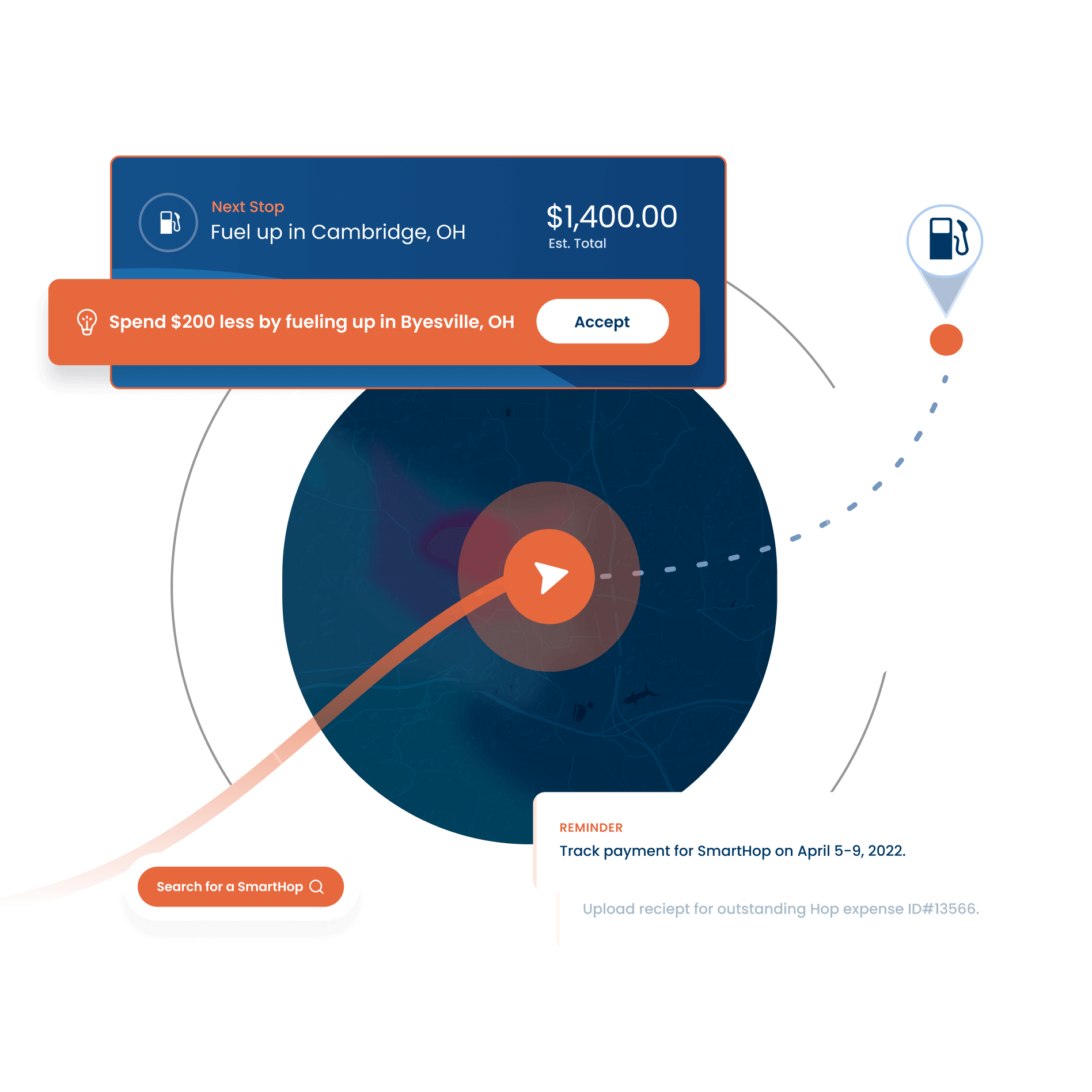Relicx
Setting a new standard in DevOps
Role —————————
Strategy
User research
Branding
Product design

The Challenge
Relicx is a DevOps startup building the software industry’s first customer experience-driven, end-to-end testing platform powered by AI.
Founded by industry veterans Sushil Kumar and Gurashish Brar, the Relicx team knew their product could be game-changing for developers. While it’s fairly common for backend testing to be automated, end-to-end testing is still a largely manual, tedious process. Unless, of course, teams are using Relicx.
To highlight the paradigm-shifting nature of the product, Relicx needed a research and design partner that could help them uncover fundamental advantages in their product and create a stand-out product and brand design to show it off in a beautiful, practical way.
Craft delivered on both.


The Process
From the very beginning, Relicx CEO Sushil Kumar’s obsession with great design was a springboard for our work.
“He really understands the value of design when it comes to making the best experience,” says Zara Vasquez-Evens, the lead designer from Craft for this project. “He also wanted to make sure we were rooted in user research and getting the design in front of people for testing as quickly as we could.”
The Relicx team had diagrams and descriptions of what they needed, but hadn’t yet assembled a prototype to base the design on. With only diagrams and descriptions and no designed prototypes, Craft had a blank slate. Craft plunged into the world of DevOps to understand what developers need to do their work, and where and how nuances in the Relicx solution could be meaningful to their workflows.
From our first exploratory study, led by Zarla Ludin, we learned just how novel visualizing testing data is in software development. While visual representations of data help users quickly identify issues, they can also be overwhelming when brought to the full, complex scale. We leveraged this and other insights to ensure the product is aesthetically striking while also being crystal clear about where users should hone their attention.

What we delivered
We kicked off the design process with a customer journey map exercise. Seeing how each other thinks allowed us to relay design concepts and details like typography, color, and form later on in the process.
By sharing design concepts on familiar components in our moodboards, we were able to show the Relicx team how the different ideas for the brand would look applied to their product in ways that made it real.
Each design decision was tested and validated with user research, giving us clarity on what was working well and what could be changed for superior results. Keeping research at the forefront of the product design and strategy enabled the creation of strong, iterative user experience and product design from the very beginning.
Research-backed Product Design
To help focus attention on the design and product elements that were most essential to early success for Relicx, we conducted a baseline study to understand the day-to-day work of software developers.
With so much manual testing as part of their workflows, developers are often caught between wanting to work efficiently without sacrificing quality in their work. By uncovering the places Relicx could take slow, repetitive tasks off engineers’ to-do lists and enable faster, more productive workflows, we learned where engineers can use automation as a tool, without forfeiting control over their output.


Design as a way to inspire people is something that's unique to Craft. I was so impressed seeing that coming to life with this particular project.
Zarla Ludin, Craft




